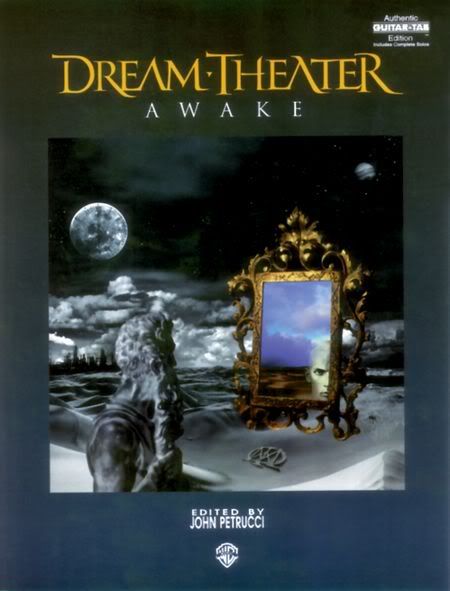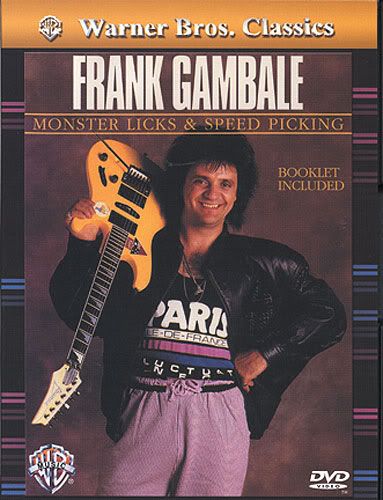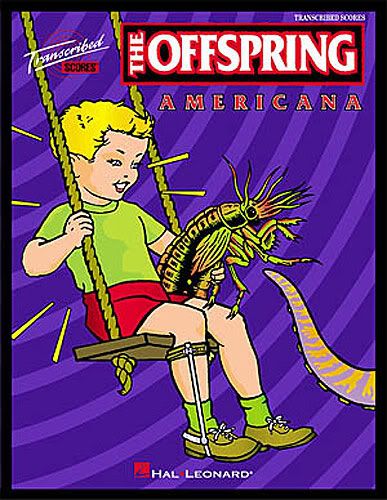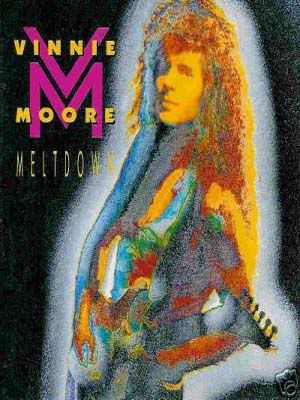
Poker is America’s national card game, and its popularity continues to grow. Nationwide, you can find a game in progress everywhere. If you want to play, you can find poker games on replicas of 19th century riverboats or on Native American tribal lands. You can play poker at home with the family or online with opponents from around the world. Like bowling and billiards before it, poker has moved out from under the seedier side of its roots and is flowering in the sunshine.
Maybe you’ve never played poker before and you don’t even know what a full house is. Poker For Dummies covers the basics. Or perhaps you've played for years, but you just don’t know how to win. This handy guide will help you walk away from the poker table with winnings, not lint, in your pockets. If you’re a poker expert, you still can benefit – some of the suggestions may surprise you, and you can certainly learn from the anecdotes from professional players like T.J. Cloutier and Stu Unger.
Know what it takes to start winning hand after hand by exploring strategy; getting to know antes and betting structure; knowing your opponents, and understanding the odds. Poker For Dummies also covers the following topics and more:
# Poker games such as Seven-Card Stud, Omaha, and Texas Hold'em
# Setting up a game at home
# Playing in a casino: Do's and don'ts
# Improving your play with Internet and video poker
# Deciphering poker sayings and slang
# Ten ways to read your opponent's body language
# Playing in poker tournaments
# Money management and recordkeeping
# Knowing when and how to bluff
Poker looks like such a simple game. Anyone, it seems, can play it well – but that's far from the truth. Learning the rules can be quick work, but becoming a winning player takes considerably longer. Still, anyone willing to make the effort can become a good player. You can succeed in poker the way you succeed in life: by facing it squarely, getting up earlier than the next person, and working harder and smarter than the competition.
Download
Uploading
Rapidshare
Readme
Password default : booktraining.net








 Kurt takes us through the basic modeling techniques of building a cartoon rat, starting with building the basic shape of the character in polygons then adding detail using various tools to achieve the look of the final model.
Kurt takes us through the basic modeling techniques of building a cartoon rat, starting with building the basic shape of the character in polygons then adding detail using various tools to achieve the look of the final model.


 The Ultimax Apocalypse. Introducing the first Maya DVD for 3D-Palace, learn how to create this monster of a model. Right from the start you’ll learn important techniques for streamlining work flow by changing the very User Interface to suit your modeling needs. Learn how to create your own custom shelf, complete with every tool and function you will need for the job at hand. The model itself starts from nothing but a cylinder, where straight away you will be shown how to manipulate objects, object components and various tools to create the desired polygonal model. The set is split into 3 main segments: The Arms, The Gun and The Engines. Each entails a mass of detail from individual scalable turrets to singular rivets to produce a model not only heavy in looks, but suitable for Film and Broadcast use. Techniques such as smoothing and duplication are utilized to great effect in the creation of the engines. You will even learn how to fake smoothing on primitive objects through heavy use of the bevel tool.
The Ultimax Apocalypse. Introducing the first Maya DVD for 3D-Palace, learn how to create this monster of a model. Right from the start you’ll learn important techniques for streamlining work flow by changing the very User Interface to suit your modeling needs. Learn how to create your own custom shelf, complete with every tool and function you will need for the job at hand. The model itself starts from nothing but a cylinder, where straight away you will be shown how to manipulate objects, object components and various tools to create the desired polygonal model. The set is split into 3 main segments: The Arms, The Gun and The Engines. Each entails a mass of detail from individual scalable turrets to singular rivets to produce a model not only heavy in looks, but suitable for Film and Broadcast use. Techniques such as smoothing and duplication are utilized to great effect in the creation of the engines. You will even learn how to fake smoothing on primitive objects through heavy use of the bevel tool. 















 Publisher: Wrox
Publisher: Wrox


